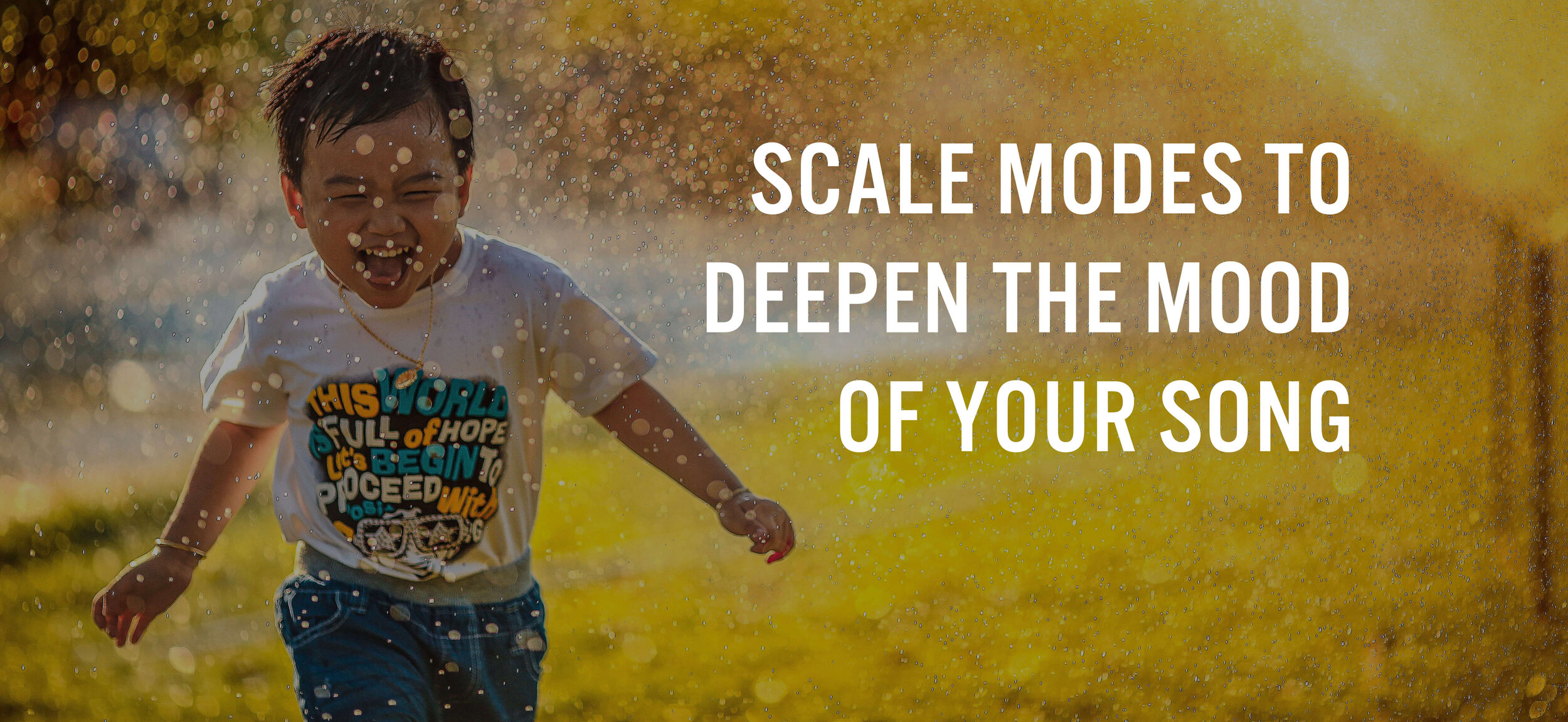If you need to test out new headphones or speakers to really ensure that they are of great quality, then playing certain songs can help. Here’s a list of songs we believe will do your sound equipment justice, whether you’re testing the volumes, levels, bass, or quality.
Johnny Cash - Hurt
Use this song to test spacing elements. Make sure that you can hear all the different instruments that are being introduced, and that you can notice how the arrangement becomes fuller.
Enya - Orinoco Flow
This song has a great mix, and you can use it to test out the different levels of your sound equipment. It has a great balance of highs, mids, and low ends. The vocals also have a reverberating effect that will sound great on high quality sound equipment.
Radiohead - The National Anthem
This song has a good mix of electric and acoustic elements, as well as a good mix of effects and textured sounds. It has a good range of lows and mids that will come through very well on high quality sound systems.
John Williams - Star Wars Theme
This song has a great range of dynamics, having both high and low intensity moments that will come through quite well on high quality sound equipment. This is a great way to ensure you don’t need to adjust your speakers to hear both parts perfectly.
Red Velvet - Bad Boy
This song also has a solid mix, and has a variety of levels and different sounds that would come through very well on quality sound equipment. You can see how the track was produced and mixed here: https://www.youtube.com/watch?v=HR3DcUMLeN0
Queen - Bohemian Rhapsody
This one is obvious, the 3D effects sound amazing on high quality sound equipment. It also has a great range of dynamics and levels.
Fleetwood Mac - The Chain
This song is mixed and mastered very well, and will sound great on quality sound equipment.
Lil Wayne - A Milli
This song has powerful beats, and a loud domineering bass that you can adjust based on your preference. It’s mixed and mastered very well, and if you can hone in on the electric kick drum beat, your speakers are doing very well.
Max Roach - Lonesome Lover
This song is another great mix, and you should listen for the different frequencies and tones. There are also higher and shrill notes that will let you know how your sound equipment handles them.
The Chemical Brothers - Das Speigel
This song has a mix of strange, powerful sounds that constantly flow in and out. Using this song is a great way to test that your sound equipment can handle these sounds, and that it all flows well together.
Conclusion
Overall, all of these songs are a great way to test out your new sound equipment, and see if it needs any changes or adjustments.
Here’s a link to a playlist with many more songs you can use to test out your headphones or speakers.
If you have any more questions, or want to discuss creating your own music or beats, you can contact us here.
Which song listed is your favourite? Are there any others you would add to the list? Let us know!
- By Julianna Martinek












